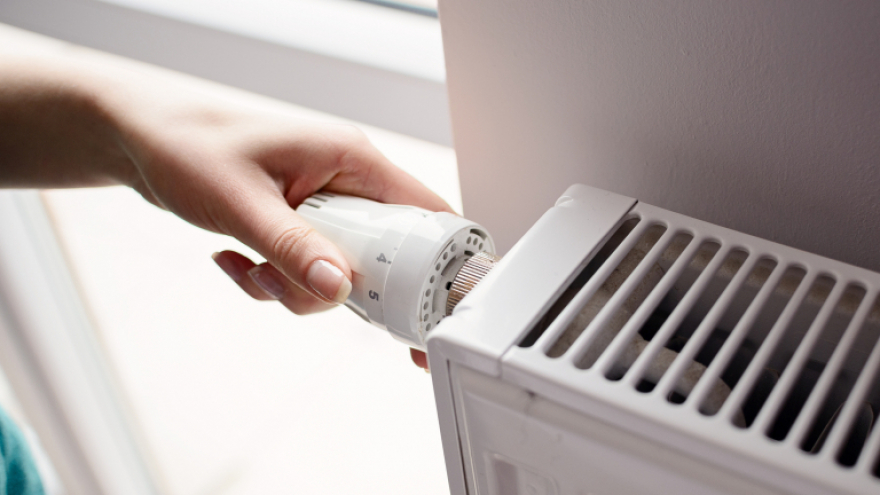The new heating season is scheduled to officially begin in two weeks, on October 15. Citizens whose homes rely on district heating are looking forward to warm radiators and consistent, high-quality service, regardless of the severity of the upcoming winter. The Regulatory Commission for Energy, Water Services, and Municipal Waste Management informs the public that the heating season will last until April 15 of the following year. However, according to the Rules for Thermal Energy Supply and the Tariff System, the season may start earlier or finish later depending on outside temperatures. If the forecast for the next day predicts an average outdoor temperature of 12ºC or lower, the heating season can commence as early as October 1 and extend until April 30.
Additionally, the commission emphasizes that suppliers are obligated to maintain a room temperature of 22ºC (+/- 6ºC) during the daytime, between 6 a.m. and 10 p.m.
For heat energy to be delivered smoothly to all consumers, it is essential that any defects in radiators or installations are promptly repaired. Each year, numerous buildings face heating delays at the start of the season due to unresolved installation issues or unpaid electricity bills at substations.
This season will also begin without the installation of new heat pipes under the “Belasica” bridge. These pipes, crucial for transferring a larger volume of heat from the “Te-To” facility, have been waiting for installation since the damaged ones were removed nearly a year ago. AD ESM has yet to announce when the new pipes will be installed, though they claim to be making serious efforts to ensure a reliable and uninterrupted supply of heating. This year, “Te-To” is responsible for providing 60 percent of Skopje’s heat energy, but this target will be challenging to meet if the heat pipes under the bridge are not installed.
Skopje residents are starting the season with slightly reduced heating prices. As of August 1, 2024, household heating bills have decreased by 3.16 percent, and approximately 1,200 businesses, schools, and institutions connected to the central heating system will see a 17 percent reduction in their heating costs.





Comments are closed for this post.